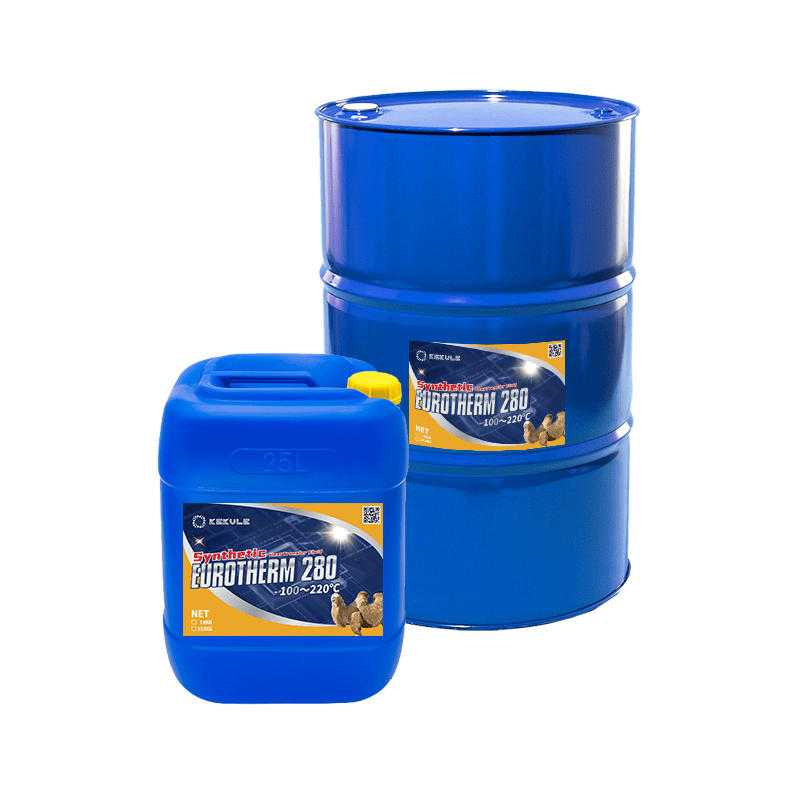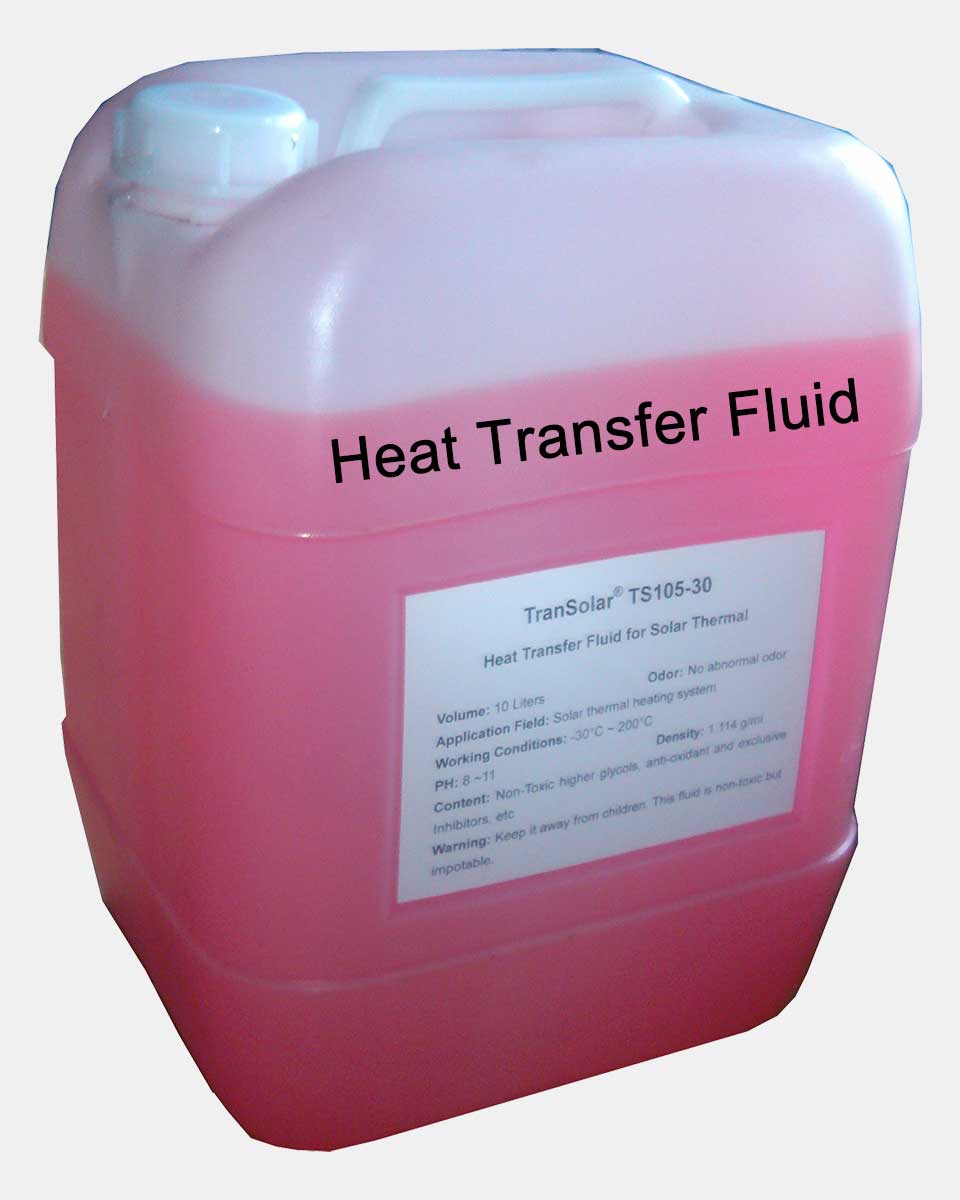Why Choosing the Right Heat Transfer Fluid Is Essential for Optimal System Efficiency
Selecting an appropriate warmth transfer liquid is an essential choice that can dramatically affect system efficiency and functional prices. The ideal fluid not only boosts thermal efficiency however also ensures long life and dependability of devices, minimizing the risk of costly downtimes. Trick residential or commercial properties such as thermal conductivity, viscosity, and thermal security should be carefully reviewed to enhance energy intake and stay clear of prospective failures. As the effects of this option extend much beyond prompt efficiency, understanding the subtleties of liquid selection comes to be necessary for anybody looking to accomplish optimal system performance. What aspects should be prioritized in this important decision-making process?
Value of Heat Transfer Fluids
What role do heat transfer fluids play in industrial processes? Warm transfer liquids are crucial for the reliable transfer of thermal energy within various industrial systems.
The choice of heat transfer fluid can substantially affect power performance, safety and security, and tools longevity. Fluids should be capable of standing up to heats and stress without breaking down, in addition to exhibition minimal volatility and low poisoning. Their efficiency straight impacts not just the efficiency of the system however likewise its operational costs.
Moreover, warmth transfer liquids play an important function in maintaining process control, ensuring that temperature level variations are lessened. This is particularly important in delicate applications such as petrochemicals and pharmaceuticals, where accurate temperature level administration is important. In general, the importance of picking the ideal heat transfer liquid can not be overstated, as it is essential to optimizing commercial procedures and enhancing total system efficiency.
Secret Characteristic to Take Into Consideration
When picking a warm transfer liquid, which essential residential properties should be prioritized to make certain ideal performance? Firstly, thermal conductivity is important; a fluid with high thermal conductivity will successfully move warm, reducing power loss. In addition, the specific warm ability of the fluid is crucial, as it determines just how much power the fluid can release and save, impacting general system responsiveness.
Thickness is another considerable home to take into consideration, as it influences the fluid's circulation features; lower viscosity liquids are usually chosen for simpler flow and lowered pumping energy. The fluid's temperature range is similarly crucial; it has to perform efficiently within the operational temperature levels of the system without degrading or vaporizing.
Chemical security is important to avoid deterioration with time, which can cause system inefficiencies and possible failings - silicone oil. In addition, compatibility with system products need to not be forgotten to stay clear of deterioration or damages to elements. Lastly, think about the environmental impact and safety account of the liquid, as policies and sustainability goals significantly affect fluid selection. By focusing on these essential residential or commercial properties, one can select a warmth transfer fluid that enhances system strength and dependability.

Influence On System Performance
The choice of warm transfer fluid straight affects system performance, impacting both energy usage and operational efficiency. A liquid's thermal conductivity, thickness, and warmth capacity play critical functions in how efficiently it transfers warm within a system. Ideal fluid residential properties make certain that warmth is absorbed and distributed efficiently, minimizing energy losses and enhancing the overall performance of the system.

In addition, the compatibility of the fluid with system products can dramatically impact efficiency. A liquid that causes rust or deterioration can bring about leaks and system failures, additionally lessening efficiency. In summary, the ideal warmth transfer liquid not only optimizes power efficiency and decreases expenses yet additionally enhances the reliability and durability of the system, making it a crucial factor to consider for designers and decision-makers in thermal monitoring applications.
Common Sorts Of Heat Transfer Fluids
A variety of warm transfer fluids are frequently utilized in thermal monitoring systems, each with distinctive properties suited to particular applications. Water is among the most commonly utilized warm transfer liquids as a result of its high details warmth ability, inexpensive, and schedule. Its cold factor limits its usage in low-temperature applications.
Thermal oils, usually originated from oil, are an additional preferred option, you could look here especially in high-temperature systems. These liquids can run at elevated temperature levels without evaporating, making them suitable for commercial applications. Nevertheless, they may have constraints worrying thermal stability.
Refrigerants, utilized primarily in cooling down systems, have special thermodynamic buildings that enable for efficient heat transfer at reduced temperatures. Their selection is essential to make sure efficiency and conformity with environmental regulations.

In enhancement, stage change materials (PCMs) are acquiring grip for their capacity to soak up and release significant amounts of warm throughout stage changes, offering a distinct option for thermal power storage space. Each liquid's details characteristics should be examined for optimum efficiency.
Ideal Practices for Option
Selecting the appropriate heat transfer fluid involves careful consideration of several key elements that align with the particular requirements of the application. Examine the operational temperature level range. The fluid has to keep its properties and efficiency throughout the desired temperature spectrum. Second, consider the liquid's thermal conductivity, which influences warm transfer rates; higher thermal conductivity generally brings about boosted performance.
Additionally, examine the fluid's viscosity, as it affects pumping energy and total system effectiveness. Reduced viscosity fluids commonly minimize energy usage during blood circulation. Compatibility with system materials is an additional vital aspect; make sure that the fluid does not create corrosion or destruction of pipes and parts.
Next, take right into account the fluid's security and durability, particularly in high-temperature applications. A steady fluid lessens maintenance and substitute costs. Last but not least, environmental and safety and security policies need to direct your option process, highlighting non-toxic and ecologically pleasant choices when feasible.
Final Thought
To conclude, selecting the proper warmth transfer liquid is important for accomplishing optimum system efficiency. The right fluid improves thermal conductivity, lowers power losses, and advertises equipment longevity, eventually bring about better system reliability and performance. Understanding the essential buildings and influences of numerous liquids on system efficiency is essential for informed decision-making. Following best practices in fluid selection can result in considerable long-term cost financial savings and functional performance.
Warm transfer fluids are vital for the efficient transfer of thermal energy within numerous commercial systems. Furthermore, the specific heat ability of the fluid is important, as it determines just how much power the fluid can store and launch, influencing general system responsiveness.
Consider the ecological effect and safety account of the fluid, as regulations and sustainability objectives progressively influence liquid selection - silicone oil. A fluid's thermal conductivity, thickness, and heat ability play essential roles in just how efficiently click here for more it moves warm within a system. Water is one of the most extensively utilized warmth transfer fluids due to its high specific warm capacity, reduced cost, and accessibility